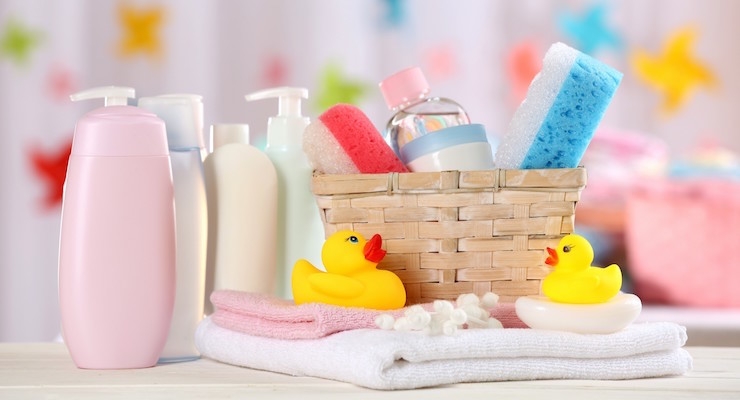
2016-07-04 17:11:09
A Buoyant Growth for Packaging Demand in Baby Care
2016-07-04 17:11:09

Despite falling birth rates over the past five years, sales of baby care products continue to rise globally. Indeed, a lower number of births actually mean that parents are willing to spend more on each baby, preferring quality products that offer convenience of use, to ensure the comfort and well-being of their offspring. This is even more so the case in markets where consumers experience income growth, enjoying higher disposable income.
Global sales of baby and child-specific beauty products are expected to increase by $4.6 billion by 2020. In packaging terms, this translates into a packaging demand for baby and child-specific products packaging set to exceed 4 billion units by 2020, compared to 2.8 billion units in 2015. This strong growth offers best opportunities for HDPE bottles, squeezable plastic tubes and other plastic jars, the main pack types for baby products.
Photos in slideshow above: Chart in second photo, courtesy of Euromonitor International; the author, Mylan Nguyen, at right in third photo.
Toward Premium Products and Packaging
Consumer purchasing habits on baby care products vary from country to country, impacted by criteria such as the average age of women at first childbirth. Having their first child at 25 years old on average, Chinese first-time mothers are much younger than in the UK, Japan, South Korea or Hong Kong where first-time mothers tend to be over the age of 30. In these countries, older parents further benefit from higher purchasing power and tend to spend more on baby products.
Still, a global trend toward trading up to premium baby products is apparent, as the rising number of older parents is often from dual-income families, while parents in emerging markets with a growing purchasing power enable them to afford higher-quality products for their child.
Packaged Baby Products Booming Most In China
In 2015, the BRICs and the U.S. represent the largest markets for baby and child-specific product packaging. China itself is expected to account for 45% of global packaging demand for baby products in 2020, thanks to the dynamically growing demand for baby and child-specific toiletries, skin care and hair care products.
This can, in part, be explained by the recent implementation of the two-child policy in China. Indeed, due to its increasingly aging population, China loosened its decades-long one-child policy, allowing parents who are the only child in their family to have a second child. This is expected to result in a baby boom in China over the five coming years, driving sales of baby and child-specific products. The category is predicted to record a CAGR of 18% between 2015 and 2020, with strong forecast growth also further supported by rising household incomes.
The U.S. maintains a strong global standing in 2015. Even amid the strong development of the BRICs, the U.S. ranks third globally behind China and India. Economic recovery in the U.S. is supporting sales of baby skin care and bath and shower products. Brand owner development in natural product formulations, apparent in mainstream adult-focused beauty categories is also apparent in baby care, to meet a growing demand from U.S. parents for more natural products, as illustrated by the launch of Tom’s of Maine’s baby product range, which has a natural positioning.
Stimulating Sales of HDPE bottles In Baby Products
Of all beauty and personal care packaging categories, baby and child-care specific products is the one that offers the fastest global growth for HDPE bottles, scheduled to record an impressive 8% CAGR over 2015-2020, and certainly underpinned by the growing volumes of the Chinese market. Baby care products are mainly packaged in rigid plastic packaging, led by HDPE bottles, squeezable plastic tubes and plastic jars. However, HDPE bottles as the main pack type for baby care products, will be the main beneficiary from this growth, with demand expected to increase by an additional 590 million units in absolute growth terms over 2015-2020.
With fewer babies, higher disposable incomes and a tendency to have children later in life, consumer spend per baby will continue to rise and this offers opportunities for both brand owners and packagers and particularly for HDPE bottles as the popular and winning growth pack type for baby care products.
Looking for Lipstick container?
please visit www.topbeautysh.com for more cosmetic packaging information.
LinkedIn




